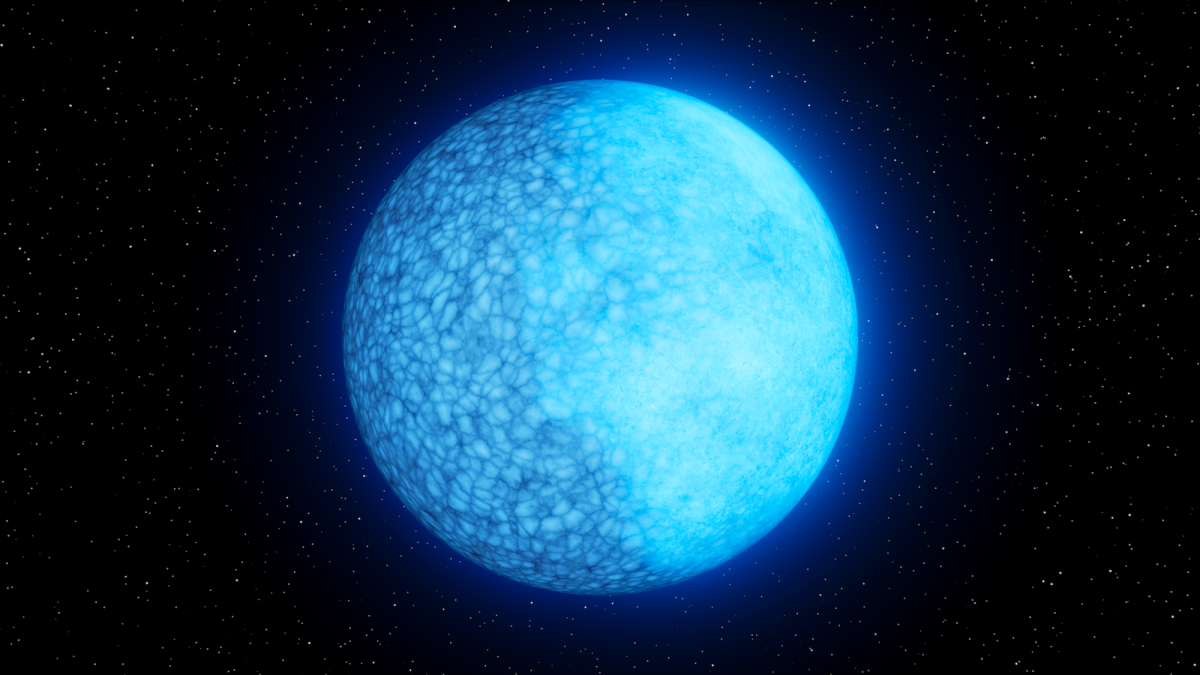Being labelled as “two-faced” is usually an insult, but in the case of a newly-discovered star, the label is being hailed as exciting.

A group of astronomers, including a UBC alumna and a UBC astronomer, say for the first time they’ve found a star with two “faces,” one side composed completely of helium and the other completely of hydrogen.
The discovery was published in the journal Nature on Wednesday.

The star body in question, dubbed Janus after the two-faced Roman god of transition, is a white dwarf, an ultra-dense stellar body that is the remains of a star once like our own sun.
“The surface of the white dwarf completely changes from one side to the other,” first author Dr. Ilaria Caiazzo, a post-doctoral scholar at the California Institute of Technology and UBC alumna, said in a media release .
“When I show the observations to people, they are blown away.”
Astronomers say helium and hydrogen are both common components of white dwarfs.
But the complete division of the elements on separate sides of the star is a new finding, according to co-author and UBC physics and astronomy professor Dr. Jeremy Heyl.
“Imagine if you were looking at the earth, it would be like seeing only the ocean. Then it turns, and there would be only land,” he said.
According to the team’s study, Janus spins on its axis every 15 minutes.
The researchers were able to use spectrometry — the measurement of the interaction of light and matter — to inspect wavelengths from the star for chemical fingerprints.

That process showed that when one face of the star was visible only hydrogen was visible, and when the other spun into view only helium could be detected.
More research is needed to explain the phenomenon, but one theory is that the star is going through a rare phase of evolution in which it transitions from being mostly made of hydrogen to being primarily composed of helium.
If that’s the case, Caiazzo said magnetic fields could account for the unusual, disjointed way the transition is occurring.
“Magnetic fields around cosmic bodies tend to be asymmetric, or stronger on one side,” Caiazzo explained. “Magnetic fields can prevent the mixing of materials. So, if the magnetic field is stronger on one side, then that side would have less mixing and thus more hydrogen.”
Whatever the reason, humans will have to advance our technology to something akin to warp drive in Star Trek if they hope to get a closer look.
Janus is located about 1,300 light years from Earth — and even pinpointing it in the vastness of space was a challenge.
“A whole lot of things have to line up for this to occur, so it’s a lucky find,” Heyl said.
- Stuck in B.C. lagoon for weeks, killer whale calf is finally free
- Invasive strep: ‘Don’t wait’ to seek care, N.S. woman warns on long road to recovery
- T. Rex an intelligent tool-user and culture-builder? Not so fast, says new U of A research
- After raising a stink, trash cans to return to Montreal’s Lachine Canal




Comments